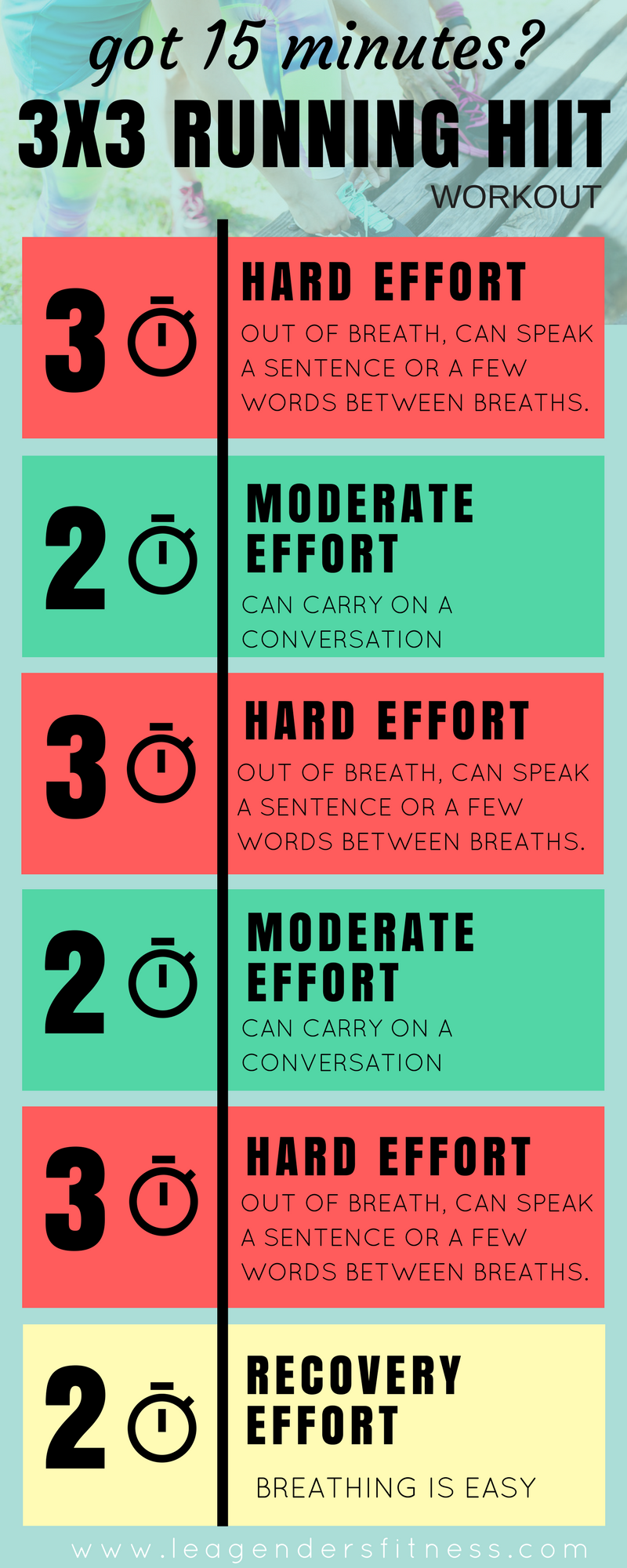Unleash Your Possible: Running Strategy Fundamentals for Peak Performance
Unleash Your Possible: Running Strategy Fundamentals for Peak Performance
Blog Article
Dealing With Typical Running Pains: Reasons, Solutions, and Prevention
As runners, we usually run into various discomforts that can hinder our performance and pleasure of this physical activity. By exploring the origin factors for these running pains, we can uncover targeted options and preventive actions to make certain a smoother and a lot more satisfying running experience.
Common Running Pain: Shin Splints
Shin splints, a common running pain, frequently result from overuse or incorrect shoes throughout physical task. The recurring stress on the shinbone and the tissues affixing the muscles to the bone leads to inflammation and pain.
To avoid shin splints, individuals need to gradually raise the intensity of their workouts, put on proper shoes with proper arch assistance, and keep adaptability and stamina in the muscles bordering the shin (running workout). Additionally, incorporating low-impact tasks like swimming or cycling can aid preserve cardio fitness while allowing the shins to recover.
Usual Running Discomfort: IT Band Syndrome
In enhancement to shin splints, one more common running discomfort that athletes commonly experience is IT Band Syndrome, a condition created by inflammation of the iliotibial band that runs along the outer thigh and knee. IT Band Disorder normally materializes as pain outside of the knee, particularly throughout activities like running or cycling. The iliotibial band is a thick band of fascia that attaches the aware of the shin, and when it ends up being irritated or limited, it can massage versus the thigh bone, bring about pain and pain.
Runners experiencing IT Band Disorder may observe a stinging or aching sensation on the external knee, which can worsen with continued activity. Aspects such as overuse, muscle inequalities, improper running type, or inadequate warm-up can add to the growth of this condition. To stop and reduce IT Band Syndrome, runners need to focus on stretching and strengthening exercises for the hips and thighs, appropriate footwear, gradual training progression, and addressing any biomechanical concerns that might be exacerbating the problem. Overlooking the signs and symptoms of IT Band Syndrome can lead to persistent issues and long term recovery times, stressing the value of early treatment and appropriate monitoring approaches.
Usual Running Pain: Plantar Fasciitis

Plantar Fasciitis can be credited to numerous elements such as overtraining, incorrect shoes, operating on hard surfaces, or having high arches or level feet. To stop and relieve Plantar Fasciitis, joggers can incorporate stretching workouts for the calves and plantar fascia, use helpful shoes, maintain a healthy and balanced weight to minimize pressure on the feet, and slowly increase running intensity to stay clear of unexpected stress and anxiety on the plantar fascia. If signs and symptoms linger, it is suggested to consult a healthcare professional for correct diagnosis and therapy choices to attend to the problem successfully.
Usual Running Pain: Runner's Knee
After resolving the challenges of Plantar Fasciitis, an additional widespread problem that runners typically encounter is Runner's Knee, a typical running discomfort that can impede sports efficiency and trigger discomfort throughout exercise. Jogger's Knee, likewise referred to as patellofemoral pain syndrome, materializes as discomfort around or behind the kneecap. This condition is typically credited to overuse, muscle inequalities, inappropriate running techniques, or troubles with the alignment of the kneecap. Runners experiencing this pain may feel a plain, hurting pain while running, rising or down stairs, or after long term durations of sitting. To avoid Runner's Knee, it is crucial to include appropriate warm-up and cool-down regimens, maintain solid and balanced leg muscular tissues, put on suitable footwear, and slowly boost running strength. If signs and symptoms continue, consulting from a healthcare specialist or a sports medicine professional is suggested to detect the underlying cause and establish a customized treatment plan to reduce the discomfort and avoid additional issues.
Typical Running Pain: Achilles Tendonitis
Generally affecting joggers, Achilles Tendonitis is an unpleasant condition that impacts the Achilles tendon, triggering pain and potential limitations in exercise. The Achilles ligament is a thick band of cells that attaches the calf muscular tissues to the heel bone, essential for tasks like running, jumping, and strolling - excellent idea. Achilles Tendonitis typically establishes because of overuse, inappropriate footwear, poor stretching, or unexpected increases in exercise
Signs of Achilles Tendonitis consist of discomfort and rigidity along the tendon, especially in the early morning or after Clicking Here periods of inactivity, swelling that gets worse with task, and potentially bone stimulates in persistent cases. To avoid Achilles Tendonitis, it is necessary to extend properly in the past and after running, use ideal footwear with proper support, slowly raise the strength of workout, and cross-train to lower recurring anxiety on the ligament.
Verdict

Report this page